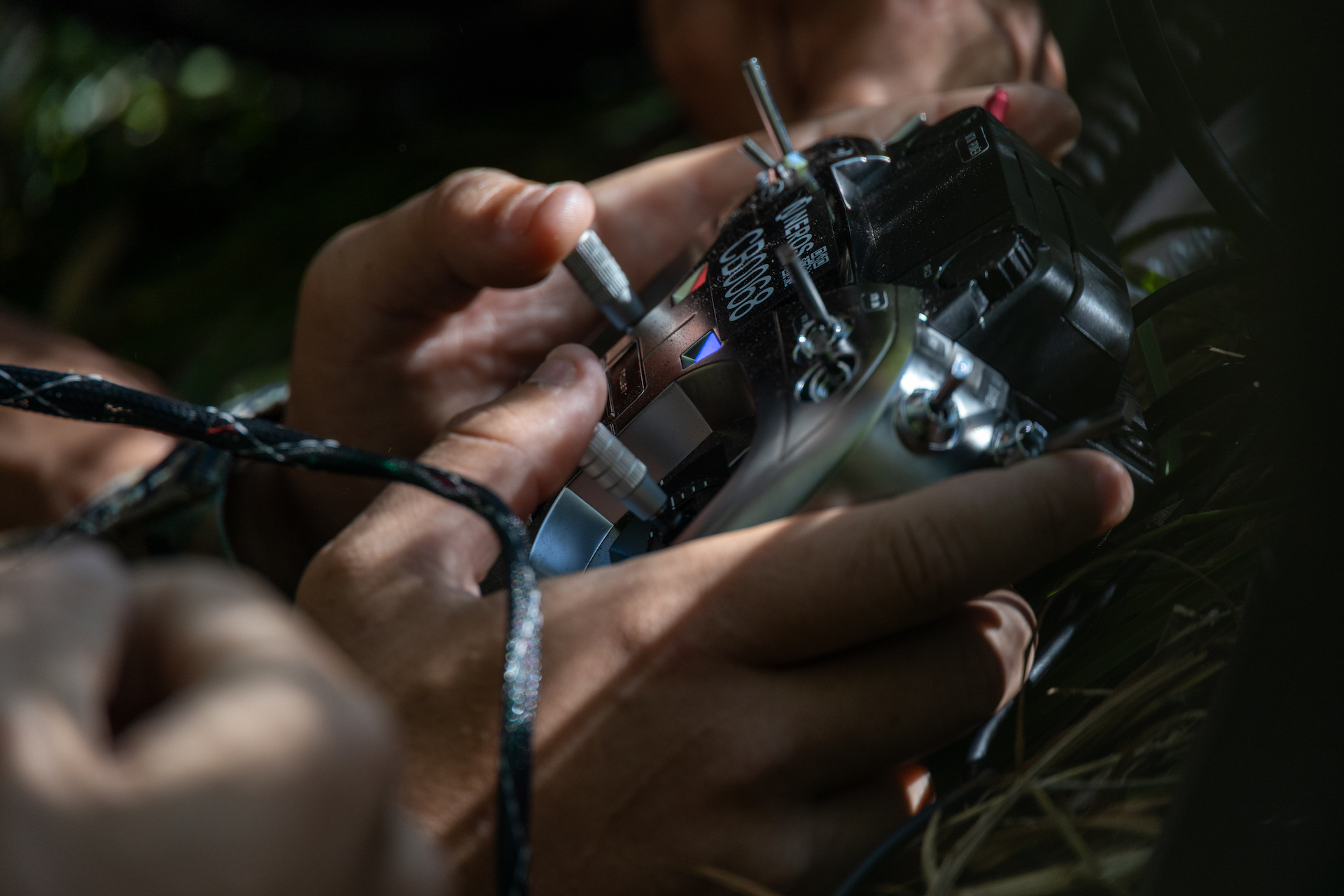The Space Development Agency (SDA) has recently called on the defense industry to explore the integration of its Proliferated Warfighter Space Architecture (PWSA) with President Donald Trump’s ambitious “Iron Dome for America” initiative. This collaboration aims to enhance missile defense capabilities against increasingly advanced adversary missile threats.
In a solicitation published earlier this week, the SDA is seeking “executive summaries” from vendors interested in conducting studies over a 60-day timeframe. These studies will focus on innovative architecture concepts, systems, technologies, and capabilities that could either accelerate the deployment of the PWSA in its upcoming tranches or develop completely new capability layers.
The “Iron Dome for America,” as envisioned in Trump’s executive order issued on January 27, promises to reshape the U.S. missile defense strategy significantly. The executive order emphasizes a modernized, multilayer missile defense posture heavily reliant on space-based systems, prominently including the PWSA. The SDA has also been tasked with generating concepts for this architecture and defining how the PWSA could contribute to it.
Being a multifaceted project, the Iron Dome initiative not only calls for developing new space-based interceptors but also emphasizes the acceleration of existing efforts. This includes creating a custody layer within the PWSA architecture, which focuses on maintaining continuous surveillance of specific missile threats for what defense strategists term “left-of-launch” missile defense. This proactive approach is designed to detect potential threats before they become imminent, allowing for timely countermeasures.
At the center of the PWSA initiative is the ambitious plan to launch a mega-constellation of hundreds of satellites in low-Earth orbit. This architecture will include a transport layer dedicated to data relay and communications, as well as a tracking layer designed for missile warning and tracking sensors. The SDA aims to launch these satellites every two years in specific phases, known as tranches, to ensure that the system remains cutting-edge and responsive.
Noteworthy developments already underway include the Fire-control On Orbit-support-to-the-war Fighter (FOO Fighter) program and the Gamma variant of the Tranche 2 Transport Layer. These initiatives are integral to enhancing the capabilities of the custody layer, reinforcing the SDA’s commitment to advancing missile defense technologies.
Additionally, the SDA solicitation emphasizes exploring opportunities to hasten the inclusion of Hypersonic and Ballistic Tracking Space Sensor (HBTSS) capabilities into the PWSA’s tracking layer. These sensors, already deployed on a constellation of demonstration satellites by the Missile Defense Agency, are essential for accurately monitoring hypersonic missile threats that can maneuver unpredictably and travel at extreme speeds. The introduction of these advanced tracking systems is critical for establishing effective counters to emerging threats.
The SDA’s call for studies also highlights six significant areas of exploration for potential vendors: high-fidelity modeling, simulation, and analysis capabilities; optimization of the PWSA transport layer in support of missile defense; supply chain analysis; space and ground architectures; on-orbit sensor data processing, multi-sensor track fusion, and low-latency dissemination; as well as software solutions to facilitate autonomous satellite operations.
In the broader context of missile defense, the Missile Defense Agency (MDA) has also been actively seeking industry input relevant to the Iron Dome for America program. Their recent request for information closely parallels the SDA’s efforts, highlighting the need for innovative system-level capabilities or upgrades that could be demonstrated in a two-year timeframe. The MDA’s focus aligns with the administration’s broader objectives and the critical role that advanced technologies play in maintaining national security.
Overall, the SDA’s initiative underlines a significant pivot toward integrating space-based capabilities into U.S. missile defense strategies. This transition aims to enhance the nation’s preparedness and response against diverse missile threats, ensuring that the United States remains at the forefront of defense technology. As the agency considers submissions from industry participants, the landscape of missile defense is poised for transformative advancements fueled by collaborative innovation.





